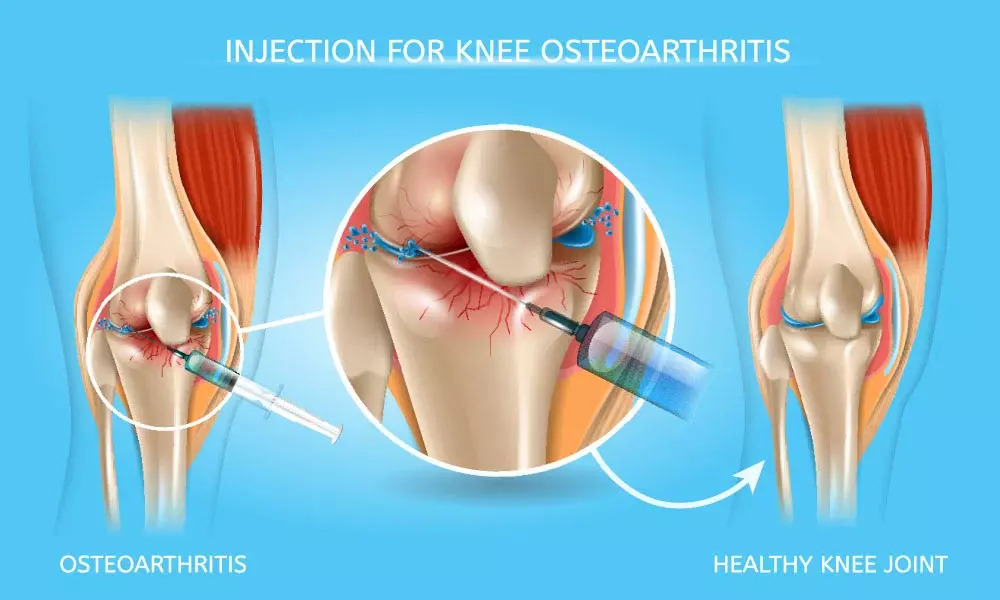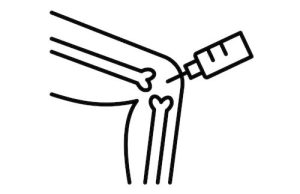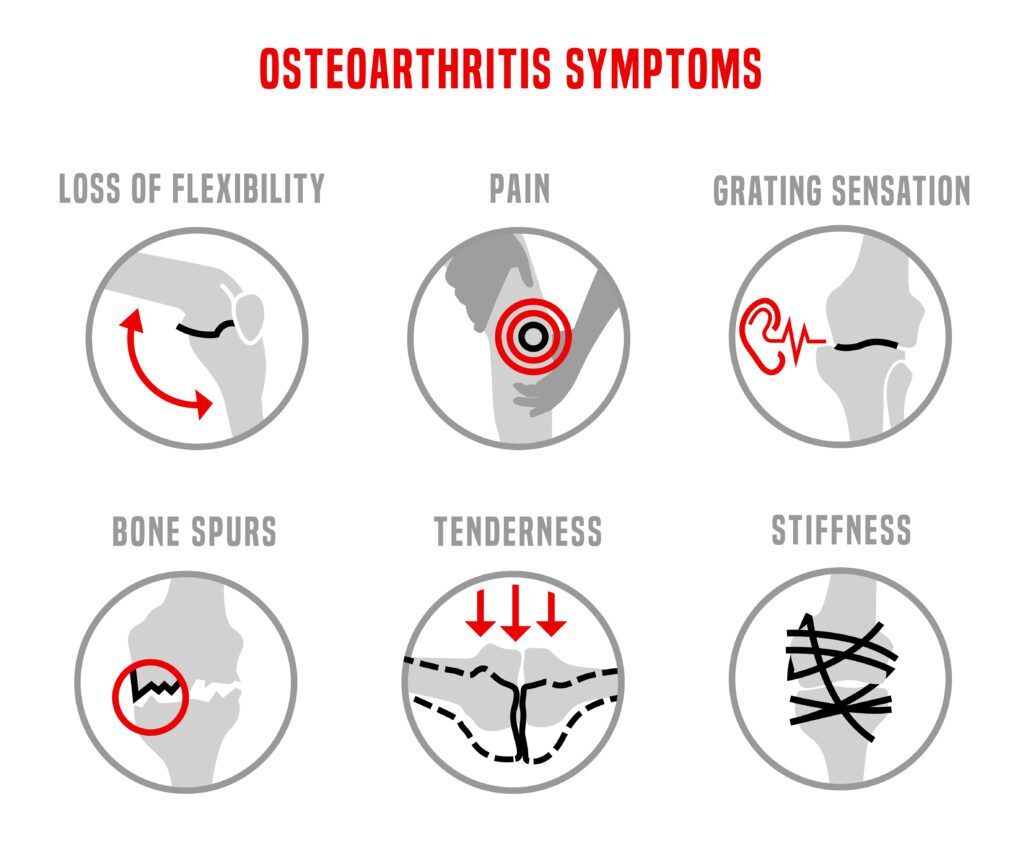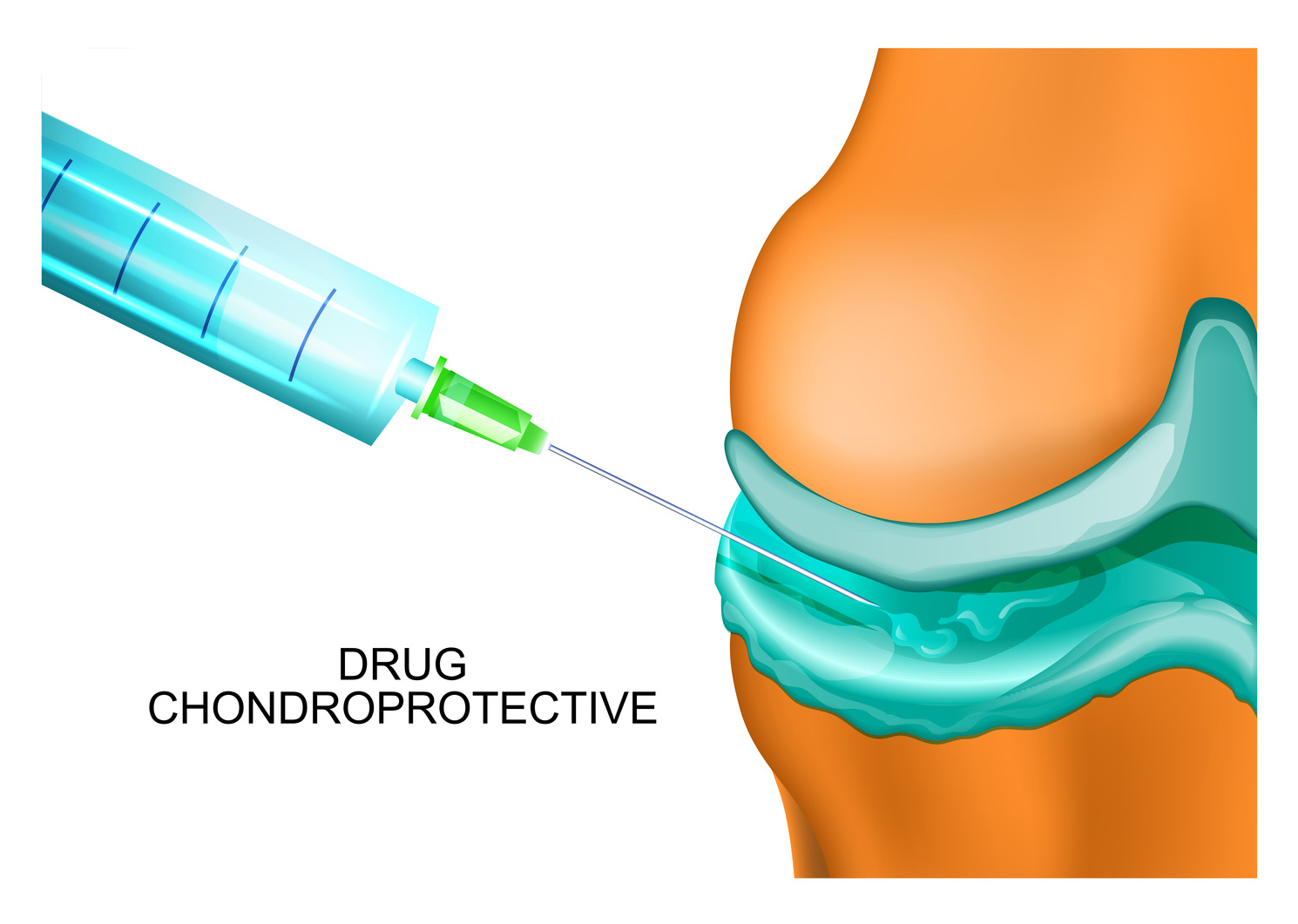Our medical team provides many conservative, minimally invasive, and Regenerative Medicine options to treat knee pain, arthritis, and acute injuries, such as a torn meniscus. Some of the treatments are anti-inflammatory injections such as Corticosteroids that provide immediate relief for several months, gel injections to replace the lost synovial fluid, Prolotherapy. Knee pain, along with knee injuries, is widespread among people. As experts in knee pain management, our physicians offer personalized and time-tested knee pain relief treatments that focus on your specific level of pain. Visit our center and meet the team of New York’s best pain management specialists, led by Dr. Raj Raval, MD, located in Downtown Brooklyn and Lower Manhattan.
Knee Pain
Most people experience knee pain at some point in their lives, it is one of the most common physical injuries and has many possible causes. There are many reasons you may be experiencing knee pain, and we are equipped to accurately diagnose and effectively treat all of them. Common causes of knee pain include the gradual wearing down of the knees, such as that caused by arthritis, and acute injuries, such as a torn meniscus.
Left untreated, many knee problems can hinder movement, worsen over time, or eventually require surgery.
Sports, exercise and other activities can cause muscle strains, tendinitis, and more serious injuries to ligaments and cartilage in the knee. The location of the knee pain can vary depending on which structure is involved.
What Causes Knee Pain?
The causes of knee pain can vary, and the most common ones include the following:
Injuries
Depending on their severity, the ligaments, tendons, knee pouches, cartilage, and knee joint bones can be affected. The most common knee injuries include meniscus tears, patellar bursitis, patella tendonitis, anterior cruciate ligament injuries, and fractures.
Knee arthritis
Different types of arthritis affect the knee joint and any other joint. Some types of arthritis that affect the knee and cause knee joint pain include rheumatoid arthritis, osteoarthritis, septic arthritis, gout, pseudogout, etc.
Mechanical problems
Another cause of knee pain can be mechanical problems such as patella dislocation, iliotibial band syndrome, or even hip or foot pain can also cause knee pain.
Knee Pain Diagnosis
Before we begin treating knee pain in NYC, our knee doctor will focus on diagnosing your problem. Knowing the root cause of your knee problems is essential to prescribe the most effective treatment.
Our clinic performs a variety of tests, such as:
- X-rays
- Ultrasound
- Computer tomography
- Magnetic resonance imaging (MRI)
- Electromyography (EMG)
Knee Injuries
Your knee is made up of many important structures, any of which can be injured. The most common knee injuries include fractures around the knee, dislocation, cartilage injuries, bursitis, patellar tendinitis, torn meniscus, sprains, and tears of soft tissues like ligaments. In many cases, injuries involve more than one structure in the knee. Pain and swelling are the most common signs of knee injury. In addition, your knee may catch or lock up. Many knee injuries cause instability — the feeling that your knee is giving way. Left untreated many knee problems can hinder movement, worsen over time, or eventually require surgery. But there is a variety of knee pain treatment options.
The most common knee injuries:
Knee Dislocation
A dislocation occurs when the bones of the knee are out of place, either completely or partially. For example, the femur and tibia can be forced out of alignment, and the patella can also slip out of place. Dislocations can be caused by an abnormality in the structure of a person’s knee. In people who have normal knee structure, dislocations are most often caused by high energy trauma, such as falls, motor vehicle crashes, and sports-related contact.
ACL Injuries
The Anterior Cruciate Ligament (ACL) is one of two crossing ligaments along with the PCL and attaches the back of the femur to the front of the tibia. The main functions of the ACL are to prevent excessive forward movement of the tibia on the femur and control the knee during twisting and rotational movements. Changing direction rapidly or landing from a jump incorrectly can tear the ACL. About half of all injuries to the ACL occur along with damage to other structures in the knee, such as articular cartilage, meniscus, or other ligaments.
PCL Injuries
The posterior cruciate ligament (PCL) is about two inches long and connects the femur to the tibia at the back of the knee. It limits the backward or posterior motion of the tibia. Twisting or overextending the knee can cause the PCL to tear, leaving the knee unstable and potentially unable to support a person’s full body weight. The PCL is the strongest ligament in the knee, and tears often are associated with traumatic injuries rather than sports injuries. PCL tears can happen when the knee is violently forced backward or when the front of the shin is hit hard, for example when the knee strikes the dashboard during a car accident.
Knee Fractures
The most common bone broken around the knee is the patella. The ends of the femur and tibia where they meet to form the knee joint can also be fractured. Many fractures around the knee are caused by high energy trauma, such as falls from significant heights and motor vehicle collisions.
Collateral Ligament Injuries
Injuries to the collateral ligaments are usually caused by a force that pushes the knee sideways. These often contact injuries. Injuries to the MCL are usually caused by a direct blow to the outside of the knee, and are often sports-related. Blows to the inside of the knee that push the knee outwards may injure the lateral collateral ligament. Lateral collateral ligament tears occur less frequently than other knee injuries.
Meniscus Tears
The meniscus is a C-shaped piece of tough, rubbery cartilage that acts as a shock absorber between your shinbone and your thighbone. A torn meniscus is one of the most common knee injuries, resulting in knee pain. Any activity that causes you to forcefully twist or rotate your knee, especially when putting the pressure of your full weight on it, can lead to a torn meniscus. Meniscus tears may also occur as a result of arthritis or aging.
Book Appoinments
212.404.8070from minimally invasive treatments to knee replacement.
- Inability to walk comfortably on the affected side
- Injury that causes deformity around the joint
- Knee pain that occurs at night or while resting
- Knee pain that persists beyond a few days
When To Seek Help
Any time you experience knee pain, you should consider treatment. However, there are a number of symptoms that signal a need to seek immediate medical treatment. If you are unsure of the cause of your knee pain symptoms, or if you do not know the specific type of treatment for your condition, you should seek medical attention.
Treatment of knee pain must be directed at the source cause of your knee pain, not just the symptoms.
Some signs that you should be seen by a physician include:
- Locking (inability to bend) the knee
- Swelling of the joint or the calf area
- Signs of an infection, including fever, redness, warmth
- Any other unusual symptoms
Knee Pain & Injury Treatment Options in Downtown Brooklyn & Lower Manhattan

Knee pain can be caused by a sudden injury, an overuse injury, or by an underlying condition, such as arthritis. Treatment will vary depending on the cause. Symptoms of knee injury can include pain, swelling, and stiffness. Most people will not need knee surgery but, in many cases, surgery may be effective in minimizing or eliminating your knee pain when other treatment methods have failed. See below for many non-surgical options, our knee injury doctor in Brooklyn & Manhattan will discuss with your options.
Arthroscopy
Often the first surgical treatment for knee osteoarthritis is arthroscopy, a procedure used to see, diagnose, and treat problems inside the joint. Arthroscopy typically involves inserting a small camera into the knee and then treating identifiable problems.

Cortisone Injections
Corticosteroid injections have been used for a very long time. Their anti-inflammatory and pain relief properties have made its use become very common practice within the medical community and society as a whole. They have been shown to be effective in decreasing the inflammation and pain of ligament injuries for up to 8 weeks. Conditions with inflammation causing pain such as arthritis can be treated effectively and usually bring a return to normal activity functions in short order, thereby postponing or eliminating invasive procedures such as joint replacement surgery.

Gel Injections
Gel injections are commonly used for Osteoarthritis (OA) of the knee, which is a FDA approved treatment, that helps to replace the lost synovial fluid in the knee that allows for smooth movement in the joints. Joints are like gears and they work best if they’re well lubricated. In a healthy joint, the thick substance called synovial fluid provides lubrication, allowing bones to glide against one another. Synovial fluid acts as a shock absorber, too. In people with osteoarthritis, a critical substance in synovial fluid known as HA breaks down. Loss of HA appears to contribute to joint pain and stiffness.

Prolotherapy
Prolotherapy is different from traditional medical treatments. It is part of an exciting branch of medicine called Regenerative Medicine. It uses the power of our own body to heal an injured tissue. This injured tissue could be a torn tendon in the shoulder, a torn meniscus in the knee, damaged cartilage in osteoarthritis, or a damaged tendon in in the tennis elbow or plantar fasciitis. Cells rush to the site of inflammation releasing a variety of healing growth factors. This results in accelerated repair of the injury. Pain relief and functional recovery is significant. Most importantly in most cases we can avoid the use of medications and in some cases avoid surgery. Recovery time is minimal with most patients working during the treatment.
“EXPERIENCE HAS BEEN GREAT!”
My experience has been great! The doctors are knowledgeable. They listen to my concerns and questions and always give great feedback. Sofia at the front desk is so pleasant and super helpful.
“AMAZING AND THOROUGH”
Amazing and thorough! I did not feel rushed at all. Dr. Raval answered all my questions and we easily came up with a treatment plan for my issue.
See our other pain management services in NYC:
Do you have any questions about Knee Pain Management or Knee Injection Therapy? Would you like to schedule an appointment with the top-rated knee pain specialist in Brooklyn and Lower Manhattan? Please call our pain management office for a consultation and indicate which location you want to visit.
Dr. Raj Raval, M.D.
- Board Certified
- Interventional Pain & Musculoskeletal Medicine Specialist
Education & training
- SUNY Health Science Center
- Rutgers University Fellowship
Dr. Raphael Jaramillo, MD
- Board Certified
- Interventional Pain & Musculoskeletal Medicine Specialist
Education & training
- Touro College of Osteopathic Medicine
- New York University
- Rutgers University

